Polygon Live Delivers UK’s Largest Outdoor 360° Immersive Sound Festival Experience at Crystal Palace Park Polygon Live Delivers UK’s Largest Outdoor 360° Immersive Sound Festival E...
Visionary dome design leverages newly launched Immersive Sound Spaces feature of L-Acoustics L-ISA 2025 and eco-conscious L Series to transform how audiences experience live music
LONDON, UK – June 2025 – Crystal Palace Park became the epicentre of a sonic revolution as Polygon Live LDN delivered the UK’s largest outdoor 360° immersive sound festival from 2nd – 4th May 2025. The three-day event brought together visionary artistry and spatial audio innovation, with artists such as Jon Hopkins, Max Cooper, Cosmo Sheldrake, and Halina Rice performing specially crafted sets within Polygon’s signature hemispherical dome—a space where sound moves beyond traditional stereo boundaries to surround listeners from every direction.
What began as a fundamental question—”What if listeners could be completely enveloped by sound from all around them, including overhead?”—became an experience that places Polygon at the forefront of spatial audio innovation in live music.
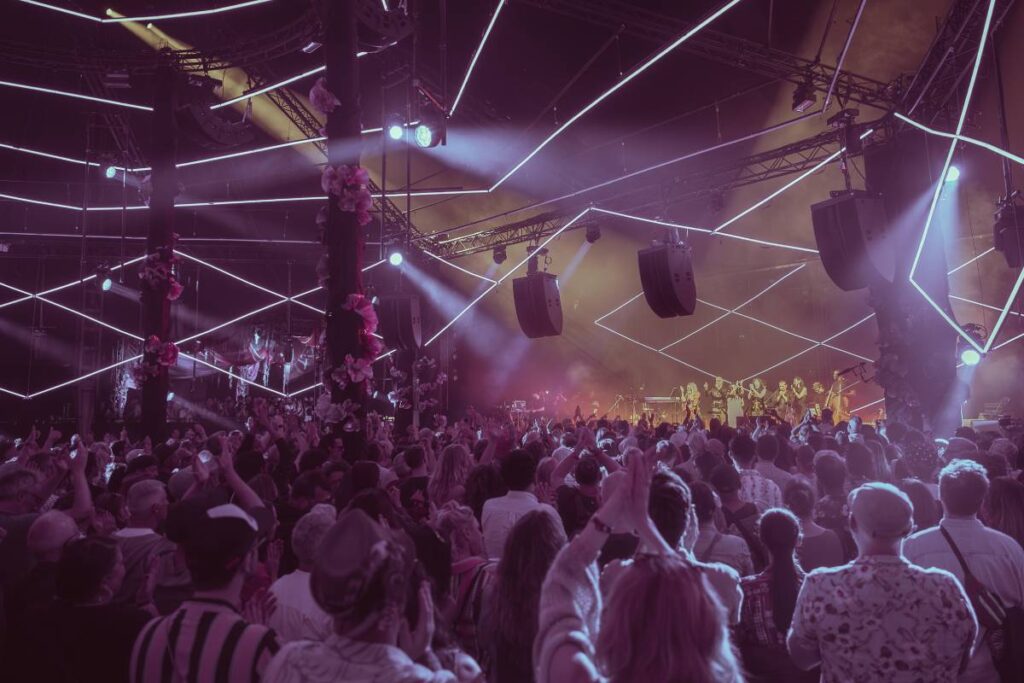
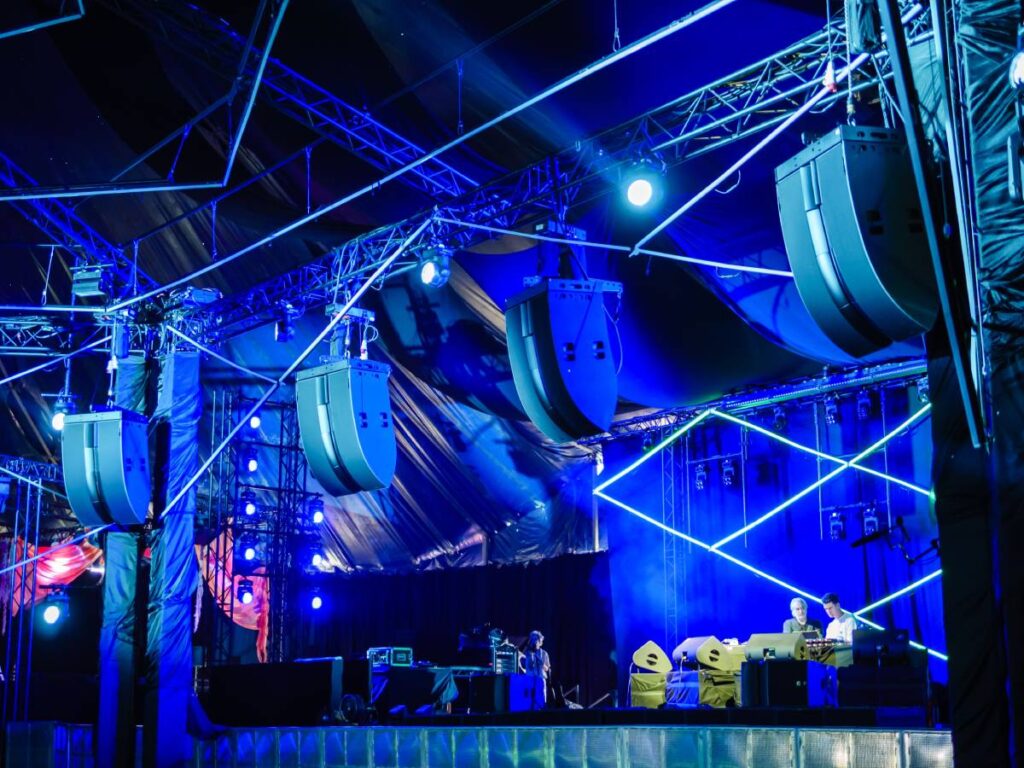
Redefining the Live Music Experience
For CEO Nico Elliott, the Crystal Palace event represents the culmination of nearly a decade spent reimagining how audiences connect with music. “We’re creating audio environments where every element can move through three-dimensional space with purpose,” Elliott explains. Since first integrating L-ISA technology at Thailand’s Wonderfruit Festival in 2018, Polygon has been steadily refining its vision of placing audiences at the center of the musical experience rather than in front of it. The Crystal Palace debut marks its boldest statement yet about the future of live music.
“What we’ve created is emotionally transformative,” says Polygon Director Adam Nicholas. “When sound can originate from anywhere in a 360° field and travel through space with precision, artists can paint with an entirely new palette. We’re giving musicians tools to create experiences that simply cannot exist in traditional stereo environments.”
The Dome: Where Vision Meets Engineering
Polygon’s hemispherical dome is designed as an instrument for spatial storytelling. The structure houses nearly 125 loudspeakers, creating a sound field where every element can be animated in real time across three dimensions. “Traditional festivals put audiences in front of the music. We put them inside it,” notes Elliott. “With this technology, every synth line, every vocal phrase, every percussive element can move through space with choreographed precision.”
The configuration required extensive technical planning and precision engineering. Designed in-house by Polygon with support from L-Acoustics, the layout relied heavily on Soundvision software to model sound coverage and optimise speaker placement before installation. “Soundvision was absolutely essential,” said Nicholas. “It allowed us to visualise complex coverage patterns and fine-tune placement with incredible accuracy.”
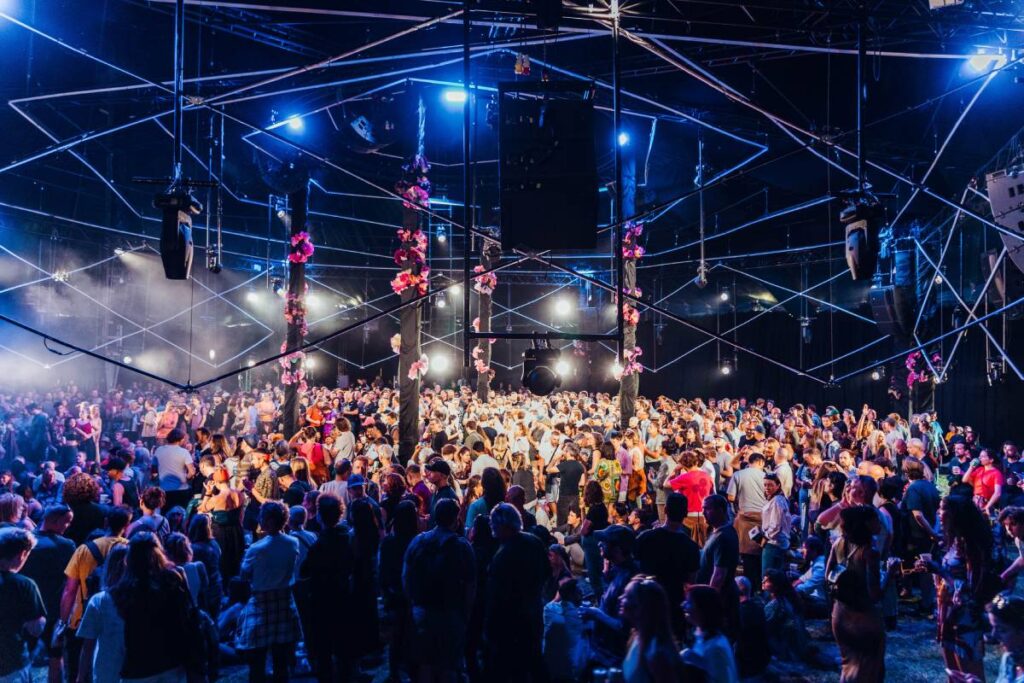
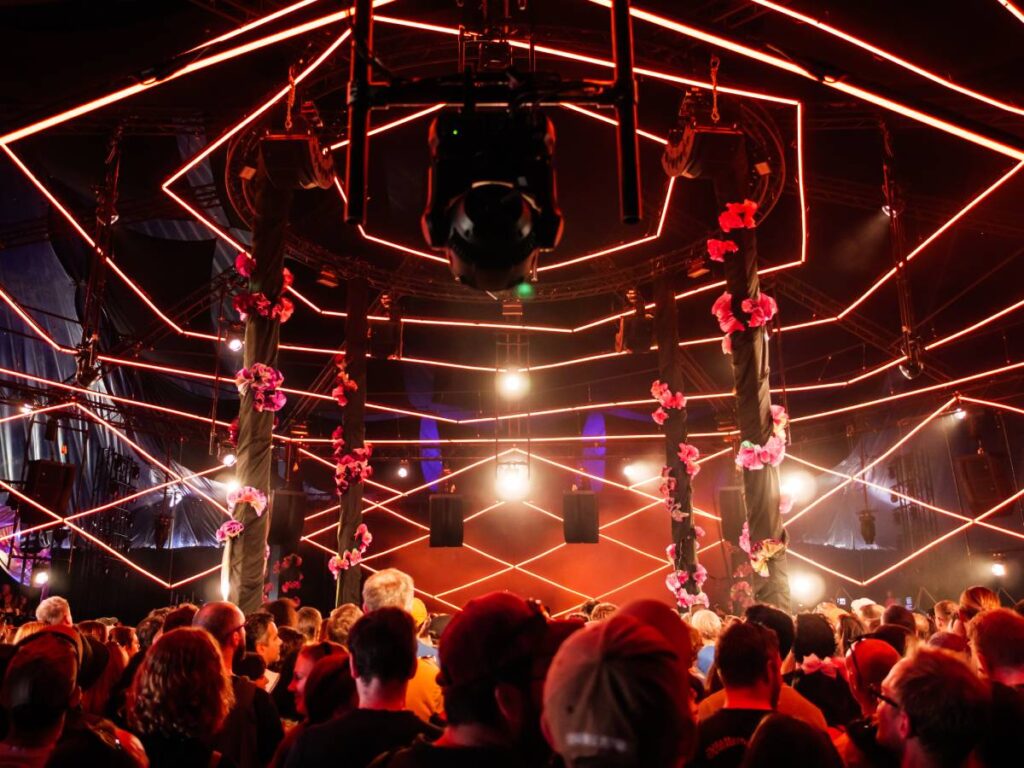
Artist Collaboration: Preparing for New Possibilities
Central to Polygon’s vision is its collaborative approach with performing artists. Polygon works closely with each musician ahead of their show to unlock the creative potential of the L-ISA immersive sound technology. “We’re giving artists new ways to express their music,” Elliott explains. “Some of our featured artists had previous experience with L-ISA technology, while others were discovering spatial audio for the first time. In every case, we provide the support and studio time they need to reimagine their material for this unique environment.”
This preparation ensures that audiences experience music that has been specifically reimagined to harness the full three-dimensional potential of the dome environment.
“The response from artists has been extraordinary,” Nicholas adds. “When they realise they can move elements of their compositions through space, place sounds above and around the audience, and create musical narratives that unfold in three dimensions, it opens creative possibilities they’ve never had before.”
“My performance at Polygon Live LDN was a special one for me,” confirms artist Max Cooper. “I put a lot of work into trying to build something unique for the system. I tried to balance a club experience with full punch, with the spatial experience for full immersion. It’s one of the best live systems I’ve heard and it’s safe to say it went off.”
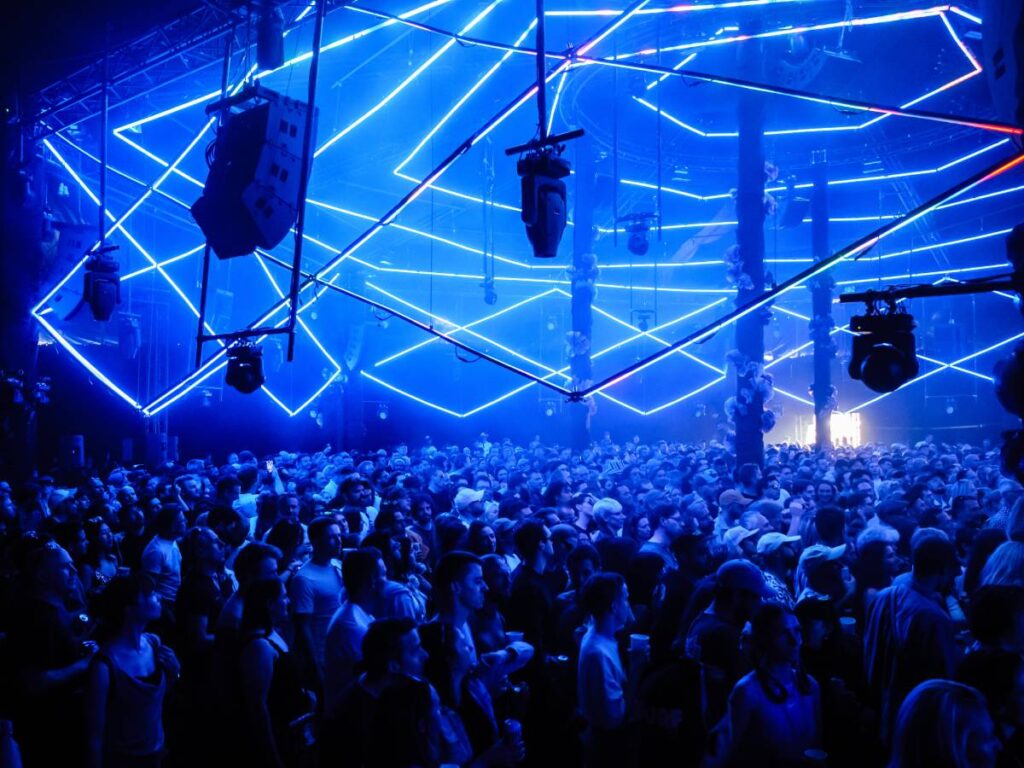
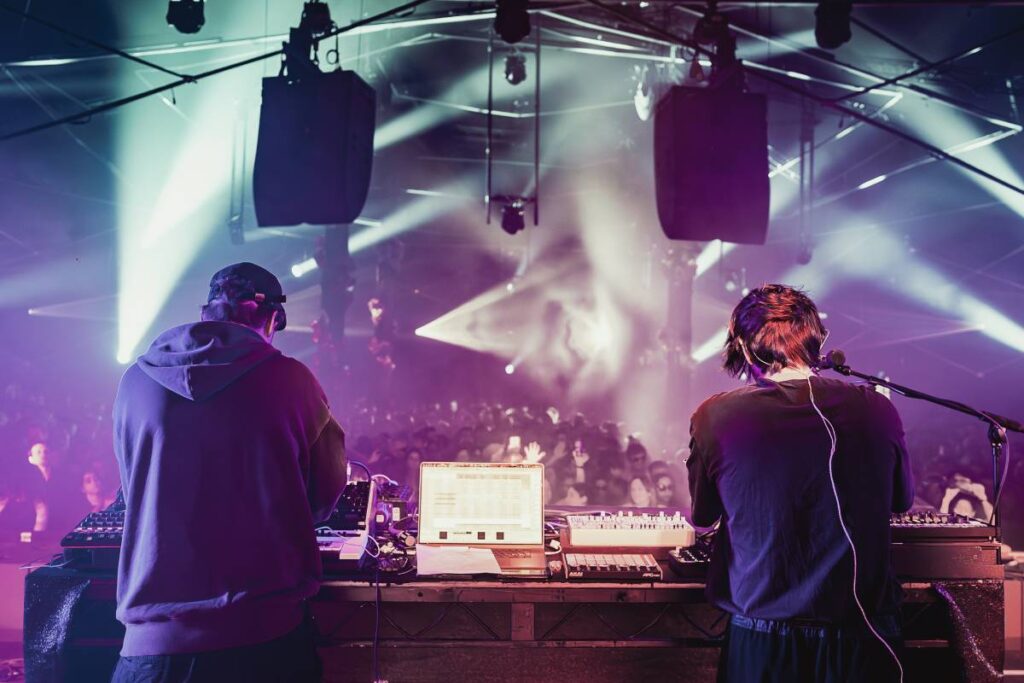
Precision Sound Engineering
L-Acoustics Certified Provider Britannia Row, a Clair Global company, supplied the immersive 12.1.4 system for the dome. The Scene System comprised four L2 speakers with eight surround hangs of two A15 Focus over one A15 Wide, while four further A10 Wide provided overhead sound. Low-end reinforcement was provided by 18 KS28 subwoofers in an end-fire configuration. Two out-fill hangs of one A15 Wide and one A15 Focus speakers sent sound to areas outside the dome. Immersive stage monitoring featured nine X15 HiQ speakers and four SB18.
Two adjacent smaller domes, a VIP area, and Front-of-House were also equipped with full immersive sound to mirror the main stage. The VIP area featured A Series for the Scene System, with X12 for surrounds and overheads, while Front-of-House used X12 for frontal, surround, and overhead. Both areas used SB18 for low-end reinforcement.
The new Sound Spaces feature in L-ISA 2025 was crucial to optimising immersive sound, with unique immersive mixes simultaneously feeding the main dome audience area, the Front-of-House monitoring area for sound engineers and a separate monitoring mix for artists on stage.
The entire system was powered by four LA7.16i, 23 LA12X, and six LA4X amplified controllers.
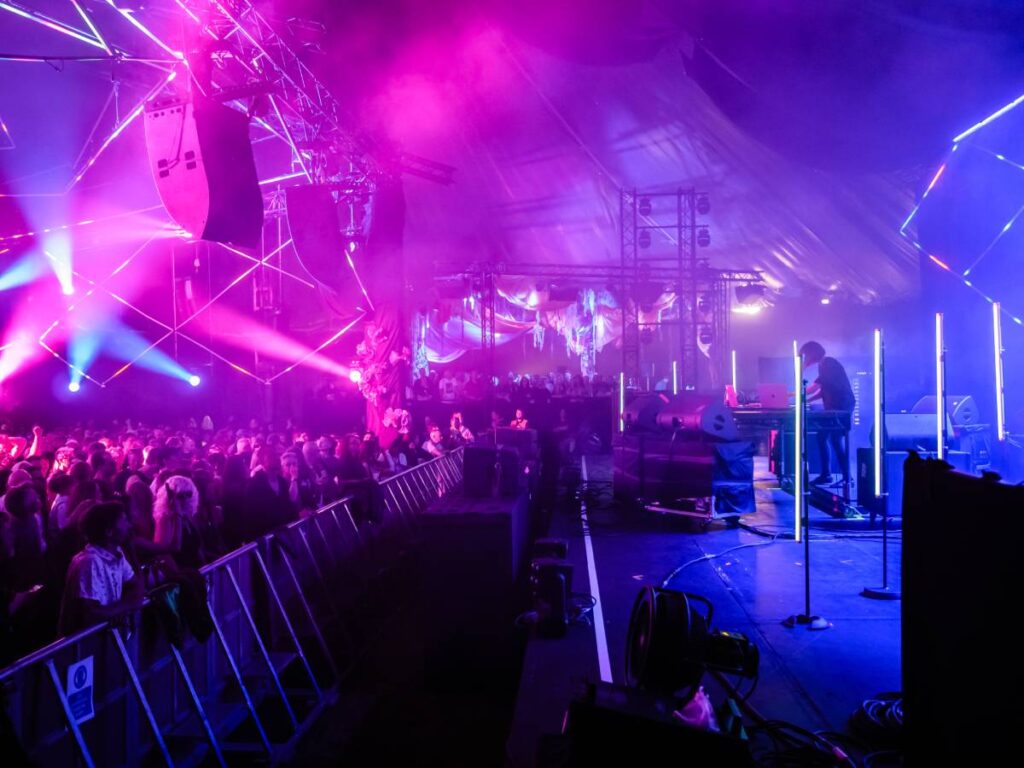
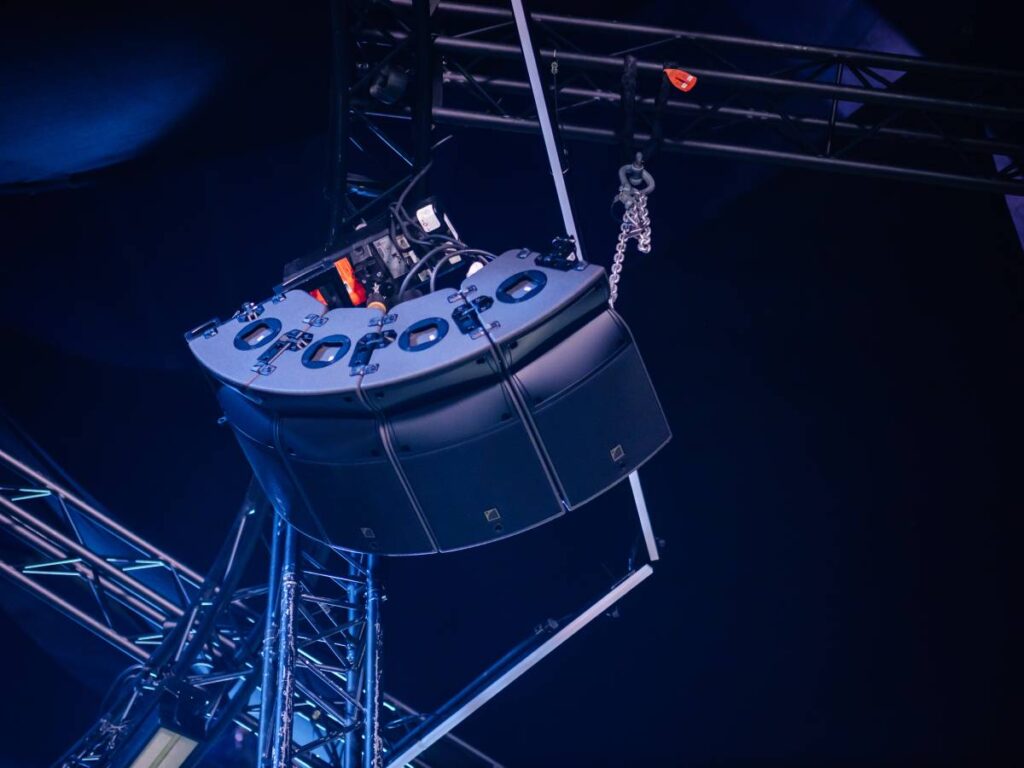
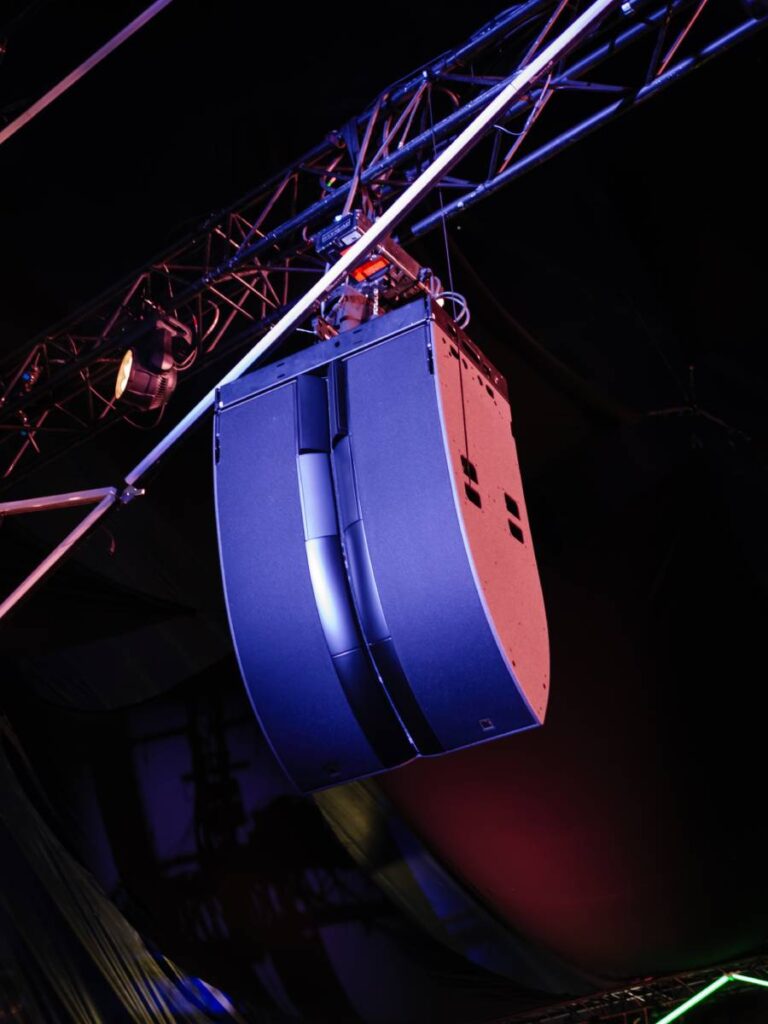
Sustainable Innovation
Beyond its sonic advantages, the L Series system, which uses 30% less wood, 60% less steel, and has a 30% smaller physical footprint compared to equivalent line source arrays, also delivers notable environmental benefits. This results in significantly lower transportation and fuel consumption requirements.
The L-Acoustics Partnership
“L-ISA technology gives us creative freedom that didn’t exist before,” said Nicholas. “For artists working in electronic, ambient, and experimental genres, it’s a game-changer.” All Polygon engineers have completed advanced L-ISA training, while artists receive early access to L-ISA software with binaural rendering capabilities, enabling them to prepare performances for the spatial environment.
“L-Acoustics has been an exceptional partner,” Elliott notes. “We’re grateful to Chris McDonnell, Vikram Kirby, Sergey Becker, Martin Wurmnest at L-Acoustics, and freelance specialist Sergey Zhytnikov for their guidance throughout the process.”
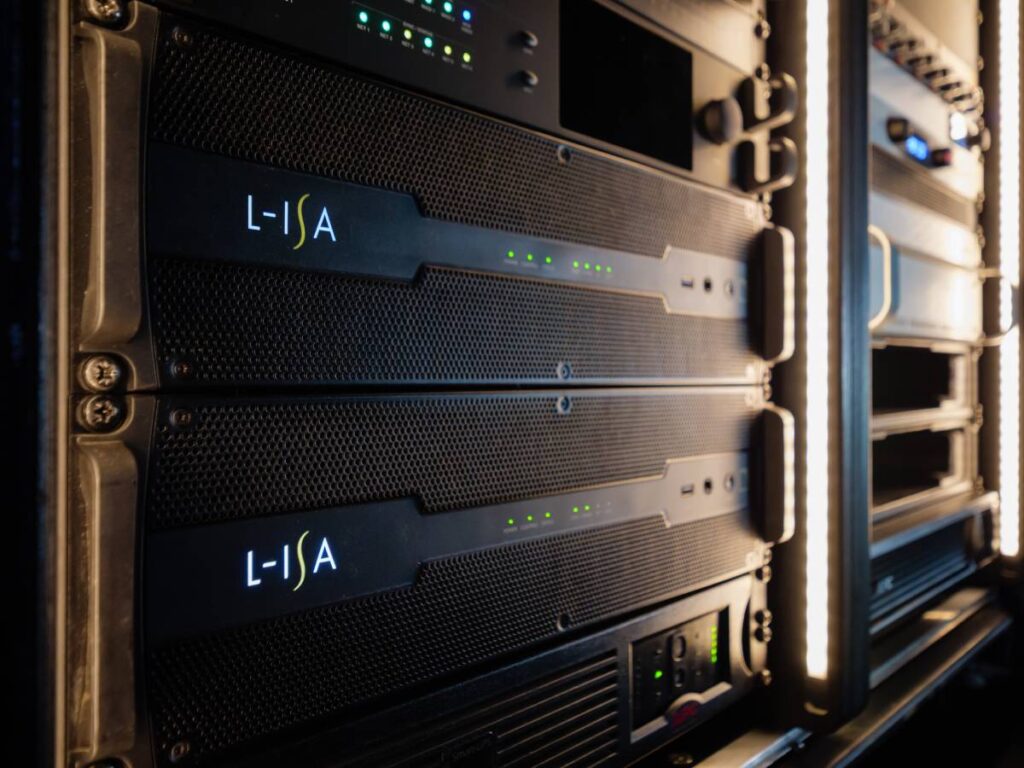
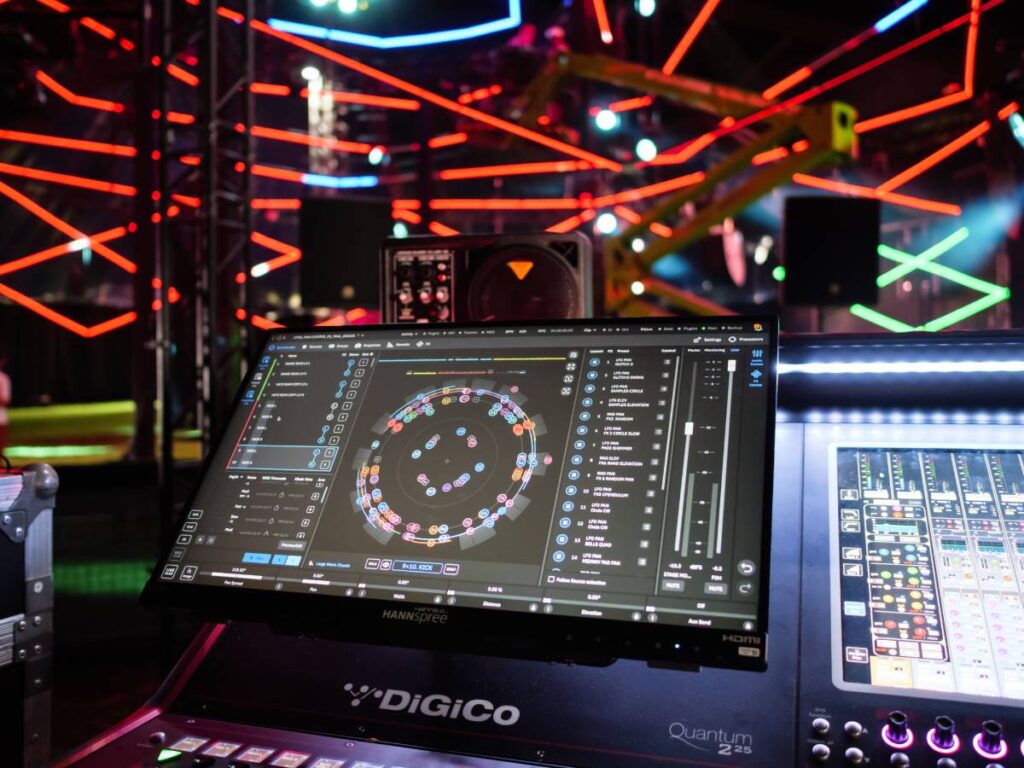
The Future of Immersive Live Music
“Crystal Palace validated everything we believed about the power of spatial audio,” Elliott reflects. “The audience response confirmed that when you transform how people experience music, you create memories that last a lifetime.”
“The best part of spatial audio is that it’s all about the audience and how it makes them feel — emotional connection is so important,” says artist Halina Rice. “I hope more live events will be able to use spatial audio systems in the future.”
Looking ahead, Polygon is already planning its return to Crystal Palace Park in 2026. “We’ve proven that full 360° immersive audio is both technically feasible and artistically essential,” Elliott continues. “And this is only the beginning of what’s possible.”
Elliott sees Polygon’s work as part of a larger evolution in live music: “What we’re creating represents a fundamental shift in the relationship between artist and audience. This is the next evolution in live sound—it’s an entirely new way of experiencing music.”
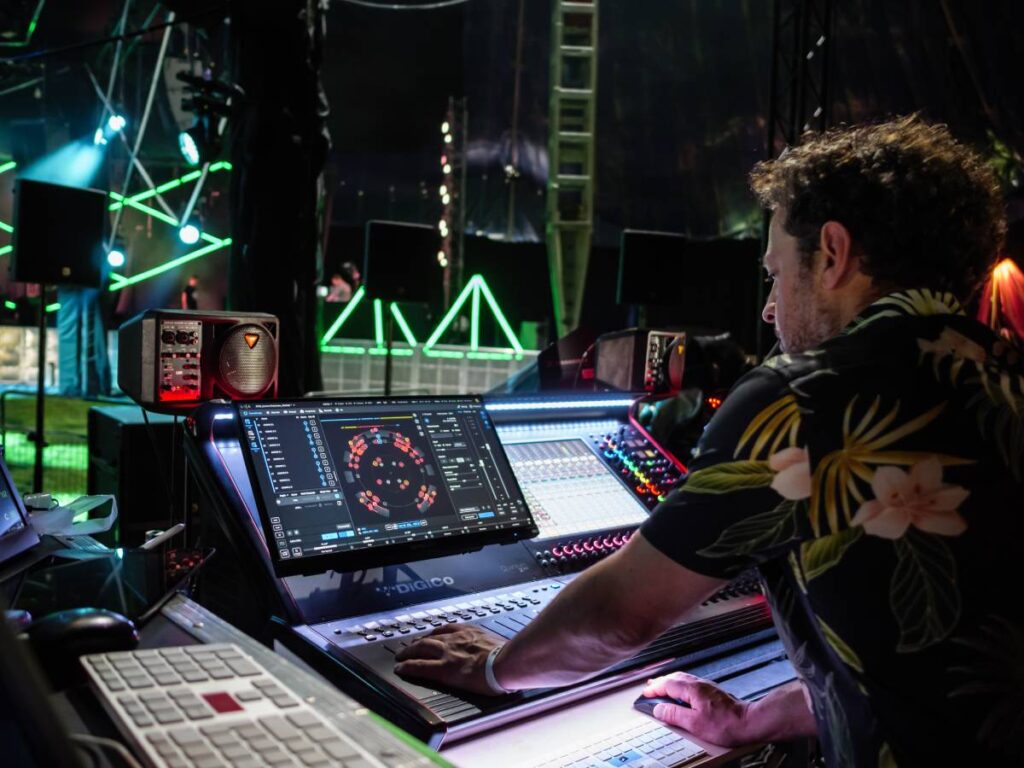
For more information on Polygon Live LDN, please visit https://polygon-productions.live.
Press release assets are found by clicking here.
Subscribe to Our Newsletter
Get the lastest news and find out about listening events.